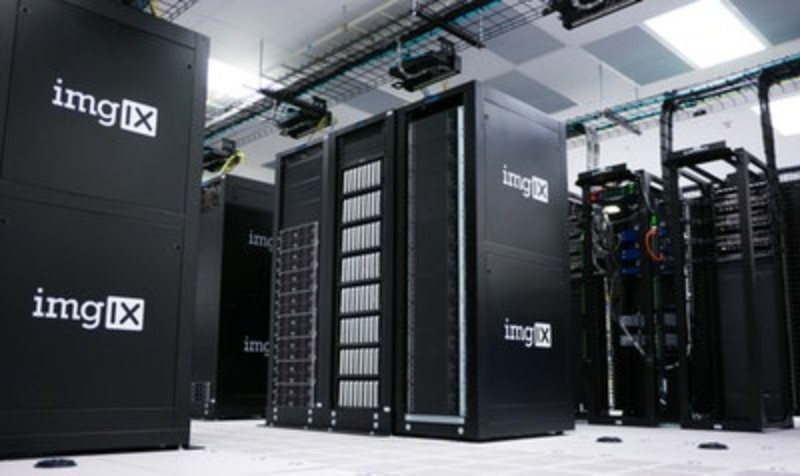The Ultimate Guide to Moving a Data Center
by Nationalcws.com on Monday, January 21, 2019 11:30

The Ultimate Guide to Complete Any Data Center Move with Ease
By 2020, the demands of new IT architectures will force 55% of enterprises to upgrade their existing data centers or deploy ones. Legacy IT systems are not enough to handle the workloads of tomorrow.
This has prompted many companies to relocate their data centers to more scalable locations or to adopt hybrid cloud models that give them more flexibility.
Nonetheless, in-house data centers are still important to many organizations. The house master copies of archived data, legacy applications that are still relevant, and workloads that aren't suited to the cloud.
If you are moving your business and planning a "lift and shift" data center move, this article will guide you through the process.
Before you begin, you have a choice to make. You can either work with a data center relocation company or relocate your data center yourself.
DIY Data Center Migration
Many businesses think they can cut corners (and costs) by having their own staff move their data center.
Your staff may be intimately familiar with your servers. They may even move them daily. That does not mean they are prepared for a data center migration.
There was over $20 billion worth of investment into data centers in 2017. You've invested a lot of time and money into your data center. You need to be sure your relocation goes as smooth as possible.
Making a data center move is not like a typical office relocation. There are many dangers that can damage your server hard drives. An accidental drop or a sudden change in temperature could spell disaster.
Without the right precautions, environmental issues could lead to a catastrophic loss of hardware or data.
Furthermore, you need to consider the amount of time your staff can devote to this project. Like most businesses, downtime means increased costs.
73% of all organizations have at least one application or a portion of their infrastructure in the cloud. But not every business can afford to migrate to a duplicate data center to maintain uptime.
Lift and shift data center migration is a fast-paced project. If your staff burns out, it could extend your deadline.
If you do decide to migrate your data center yourself, you'll need to prepare. You need special tools, such as server lifts and trucks. You'll also need to calculate how much time you can devote to the project and map out a schedule for you and your staff.
Working with an IT & Sever Relocation Company
Of course, the easier option is to rely on a team of professionals. This often is less costly than using your own staff. Instead of being relegated to planning your data center move, your employees can focus on other mission-critical tasks.
Risk is not a factor you want entering your data center migration project. Using a relocation company is less risky. Not only do you have a team of professionals at your disposal, but you also have layers of insurance to cover you.
By working with a skilled server relocation company, you can expect the following benefits:
Experience
Professionals have dealt with many different types of hardware and hundreds of moves. They have the equipment you need to execute your data center deployment easily.
While your own staff might dread the day of your relocation, it's just business as usual for a server relocation company.
You'll have a team of experts at your side, including project managers, team leaders, and specialized technicians.
Insurance
The best sever relocation specialists aren't just insured themselves. They offer insurance coverage to their clients.
This insurance may include personal injury protection, damage protection, and cargo loss insurance.
Quality Service
The company you hire will take time to understand your data center moving project. You may have particular needs and requirements. Professionals can lend you their experience to help identify risks and draw up contingency plans.
The company will establish the scope of your project, help you plan it, and keep your assets secure.
Data Center Migration Steps
Although your relocation company will handle most of the heavy lifting, you still need to prepare
To help with your IT relocation planning, here are some steps to take before executing your data center redeployment.
Plan Your Project
- Coordinate all your efforts between your data center movers and your own staff. Your teams may need to spend time together to practice and discuss your strategy.
- You should lay out a budget for your move beforehand. Your data center relocation company can help you understand the costs of your move.
- Keep room in your budget for unanticipated expenses. Despite using a relocation company, you may need to pay overtime or hire additional staff to get your business reestablished after the move.
- If you haven't already, acquire your space at your new facility. You should also purchase any additional infrastructure, wiring, and cabling components you need for your move.
- Finally, document your hardware inventory. Check and document the condition of your equipment. You can take photographs of your hardware to ensure no damage is present after the move.
- As a failsafe, backup all your critical virtual assets. You may wish to back up your data to the cloud, to a separate data center, or both.
Document and Verify Insurance and Warranties
Check the warranties of all your equipment. Verify that any relevant insurance policies are active and will cover you in the event of a disaster. You can also take this time to consult with your mover about their insurance.
You'll be working with a team of experienced, trained professionals. Nonetheless, you're moving high-value assets from one secure location to another. No amount of risk is worth taking during this process.
Prepare the New Data Center
- Conduct a site survey of your previous data center and your new one. Cabling and other physical layer connectivity will need to be moved if other resources have not been provisioned.
- Prepare your new data center to receive your servers. Layout a diagram for your server room and document it. Document any dependencies that need to be replicated in your new environment.
- Now is also the time to prepare any in-house staff members involved in the move.
- Review your safety procedures and contingency plans. Hold training sessions and rehearsals of your server deployment. If necessary, train your staff how to use the moving equipment you've requisitioned.
- The relocation company you've hired will go over their safety protocols with you and run rehearsals before your move, if necessary.
- Tell your staff and your clients that you'll be experiencing downtime during the move.
Deploy Your New Data Center
- Follow your deployment plan and shut down all your assets according to protocol.
- The company you hired will load and transport your hardware to your new data center.
- When you reach your new data center, inspect your servers. Are there any damages? Now is also a good time to clean and repair your hardware.
- Check your inventory list as each item is installed. Confer with your mover that the job is complete before signing off on it.
Test Your New Data Center
Once your new data center is deployed, run functional tests on your infrastructure, your operations, and your applications. Here are some steps you can follow:
- Check Airflow Management: Your new data center should follow airflow best practices. You should have blanking panels installed where necessary. Check for any hot spots and work to remedy them.
- Run a Baseline Test: Identify your expected per rack density. Test your cooling performance at your baseline kW/rack load. Then, test your cooling performance at your kW/rack load limit.
- Run a Site Acceptance Test (SAT): Site acceptance tests are often conducted by factory installers. After installation and configuration verify that no internal damage occurred to your hardware and that your servers are working properly.
- Run an Integrated Systems Test (IST): An integrated system test simulates critical equipment failure in the building that houses your data center. It helps you determine if you can maintain continuity in the event of a power outage or another disaster.
- Run an Infrastructure Test: Test your operating system, your network, as well as your storage and backup systems.
- Run an Operational Test: Test your application components and their configuration. Test the health of your applications.
- Test Your Applications: Conduct end-to-end tests of your applications.
Once you've tested your new data center and found it operational, continue doing business as usual. A professional relocation team can walk you through many of these steps. They'll help make your move as easy and seamless as possible.
Get Logistical Expertise for Your Data Center Move
By 2020, there will be 1.7 megabytes of data created every second for every person in the world. As data requirements continue to expand, more advanced data centers will be necessary to house business operations.
Although much of this data will exist in the public cloud, private data centers are still important assets for many businesses. If you're planning a data center move, you need a team of experts to help you maintain business continuity.
National Computer Warehouse Services has years of experience with a broad range of server relocation projects. Get a free quote for your data center migration project or contact us for more information.
